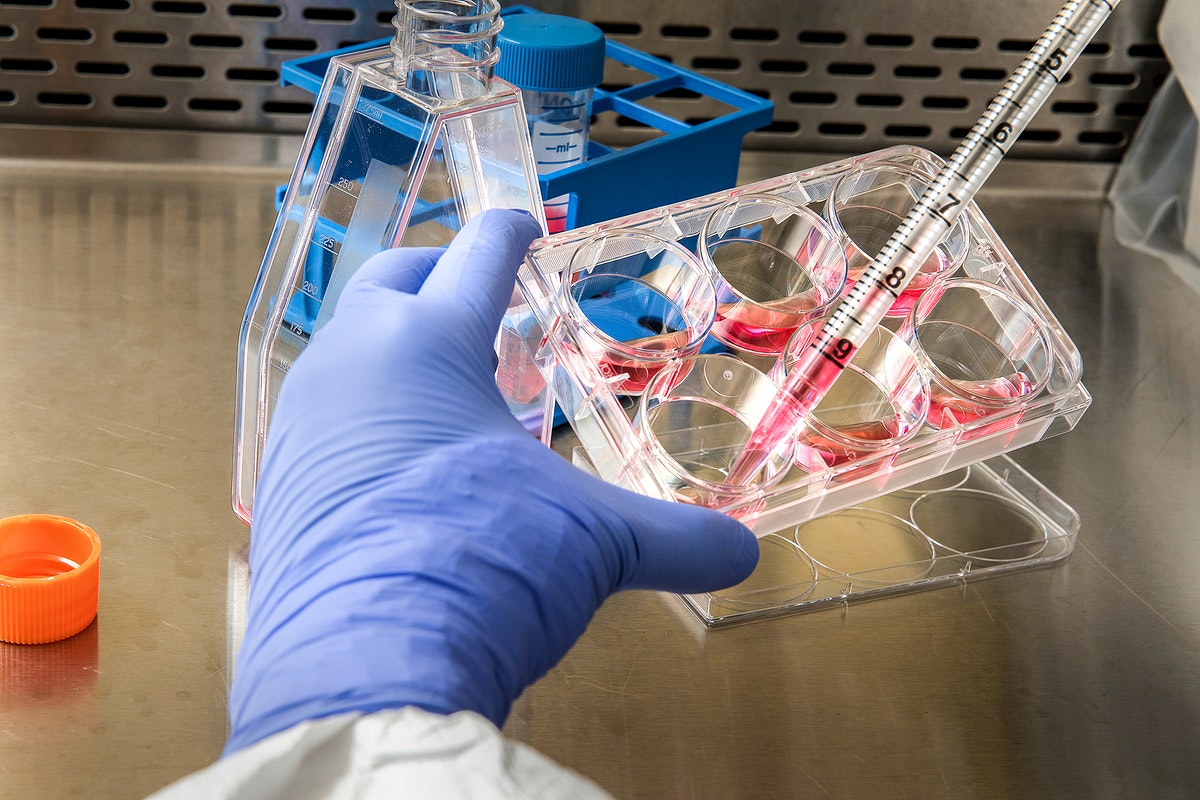

It has been found that Nepal is also at risk of monkeypox infection, which is spreading all over the world. Due to the open border between Nepal and India, and the influx of tourists from different countries, our country is at risk.
World Health Organization (WHO) and Health Journalist Forum Nepal, together organized an interaction program on the status and risk of monkeypox on August 5. WHO Nepal chief, Rajesh Pandav said that, monkeypox, however, a contagious disease caused by a virus, has not been seen in Nepal so far.
But, monkeypox patients have been found in India, and due to the open border, infected people can easily enter Nepal. So far nine people have been found infected with the virus.
Dr. Chathura Idirisuriya, an epidemiologist of WHO, informed that the risk has doubled, as tourists from Africa, Europe, and Middle East Asia are able to visit Nepal, without any measures and prevention taken. “We can easily find tourists in Nepal from those places”, he stated, “hence, the risk.”
According to the WHO, monkeypox has spread in eighty different countries, in about 24,000 people, till date. The doctor continued, “it is necessary for the government to inform the community about the risk of this virus”.
According to WHO, 97.5 percent of the disease is transmitted through sexual contact between men, out of which, 38 percent of them were found to be HIV positive.
The infection can be transmitted from one person to another within 21 to 24 days, therefore it is required to stay in isolation for a month, informed Dr. Chathura Idirisuriya. Dr. Alison Gokotano, Head of Health Emergencies Program of WHO Nepal, also stressed about the risk, due to the open border. Senior Health Administrator of Epidemiology and Communicable Disease Control Division of the Ministry of Health and Population, Dr. Khageswar Gelal, also said we must be aware, as the virus has already started to spread in our neighboring countries.
He further added that, monkeypox has not been seen in four suspected samples tested so far. WHO has provided 250 kits to test for monkeypox infection. Currently, the tests take place at the National Public Health Laboratory.
WHO public health expert, Dr. Sheetal Adhikari said that this virus is also transmitted from humans to humans and from animals to humans. Spots on skin and mouth, can be observed when the infection breaks out and is transmitted to the people who are close by.
It transfers through the contact with wounds, bodily fluids, such as saliva, direct contact with virus-contaminated surfaces and materials, infected animals such as monkeys, mice, rats, and clothes containing the virus. It also spreads through cuts, sore or cracked skin, from eyes, nose, mouth and trachea.
The Ministry of Health and Population has prepared to reduce the risk of monkeypox. Dr Gelal, senior health administrator of the division, said that 14 doctors have been appointed as focal persons across the country to conduct research in the detection of the virus. Similarly, suspected patients have been tested at the National Public Health Laboratory. The department has already given orientation training to the doctors from Shukraraj Tropical and Communicable Disease Hospital and at Kanti Children’s Hospital. Preparation has begun under ‘Internal Guideline on Clinical Management of Monkeypox-2079’.
All divisions of the Health Service Department have been instructed aswell, to be prepared for the future action plans. The prevention and control in the communities that are in high risk of monkeypox, was also discussed.
Symptoms of this infection include fever, rash appearing on the skin, face, palms and feet. Within one to three days of the onset of normal fever, the rash changing to blisters and crust, headache, back and muscle pain, and enlargement of the body’s glands, are the major signs. Possible complication of monkeypox are eye infection and vision loss, other bacterial infections, pneumonia, brain fever and miscarriage.